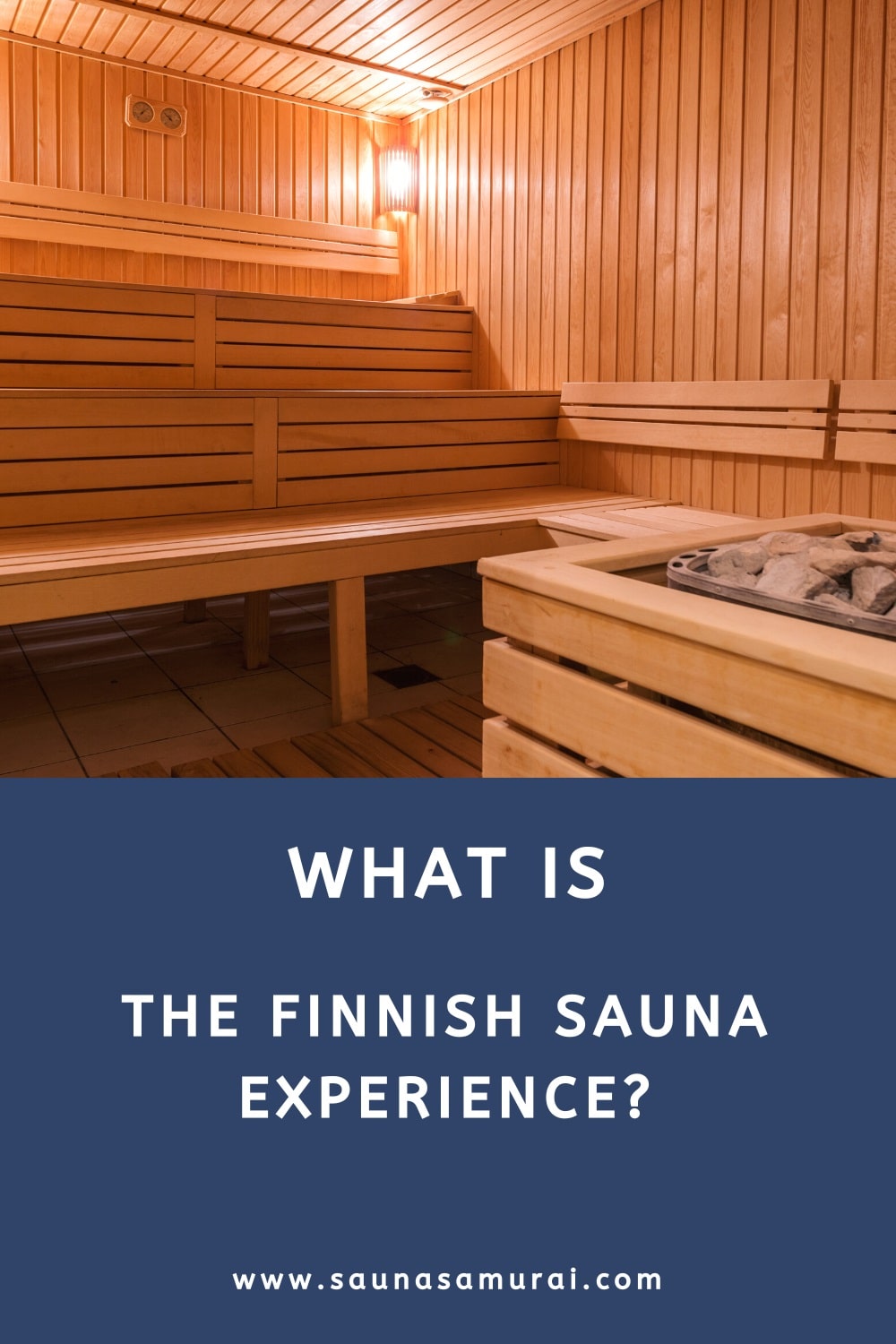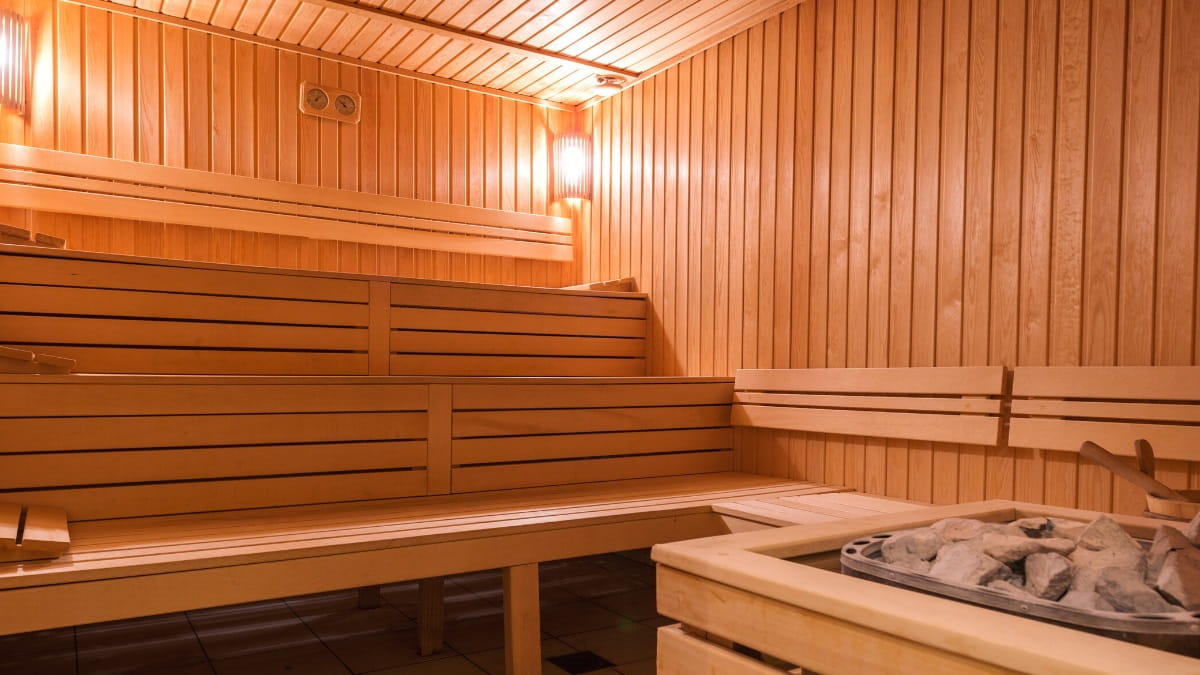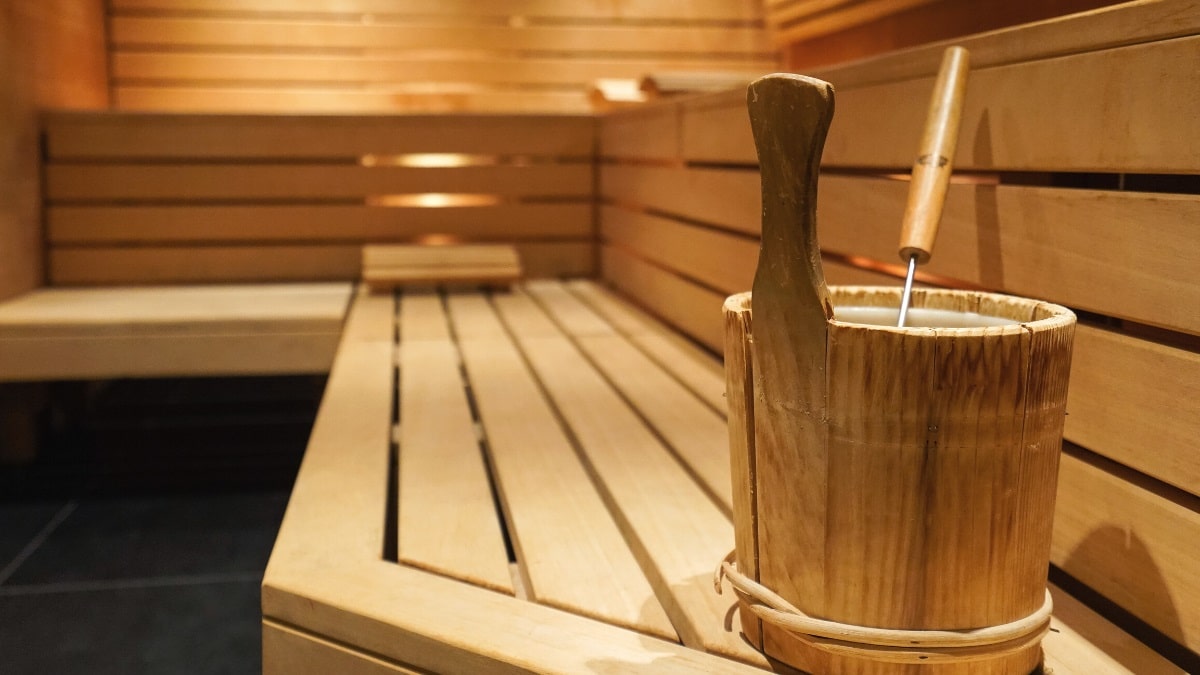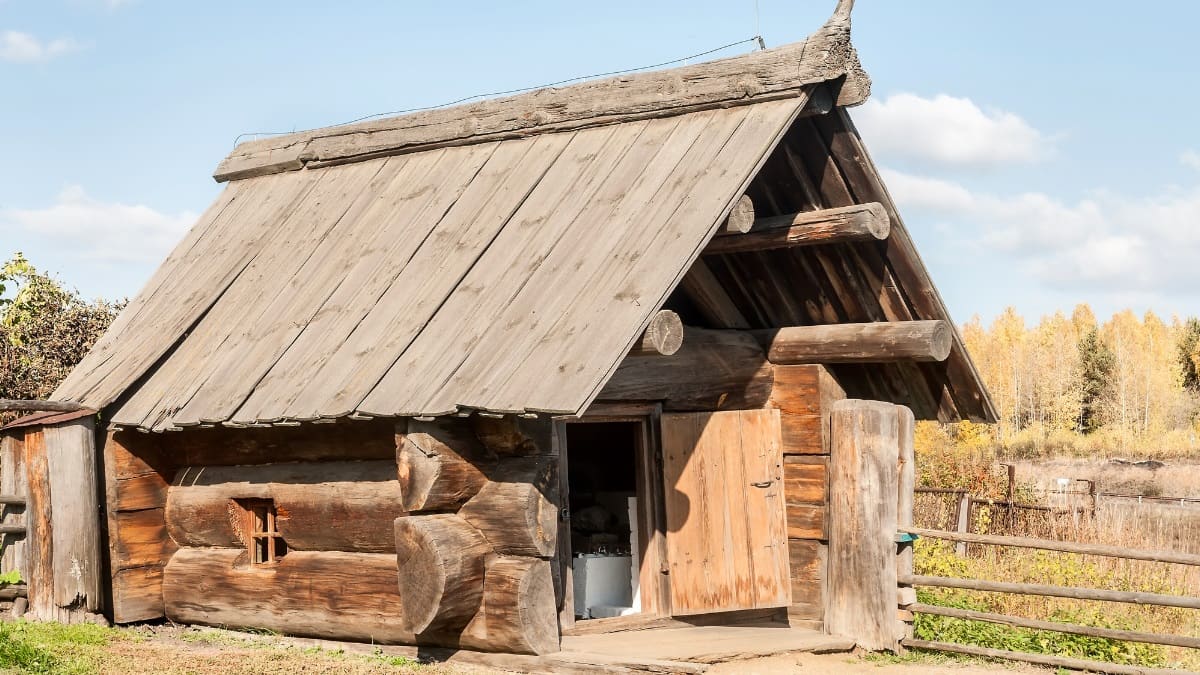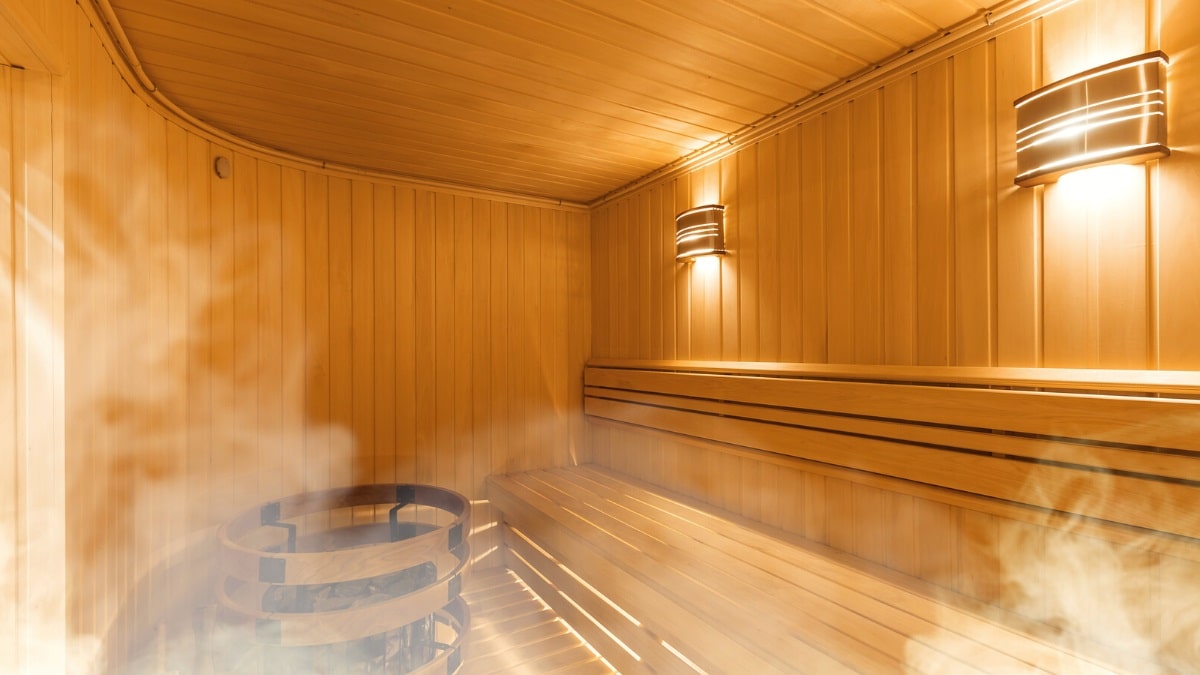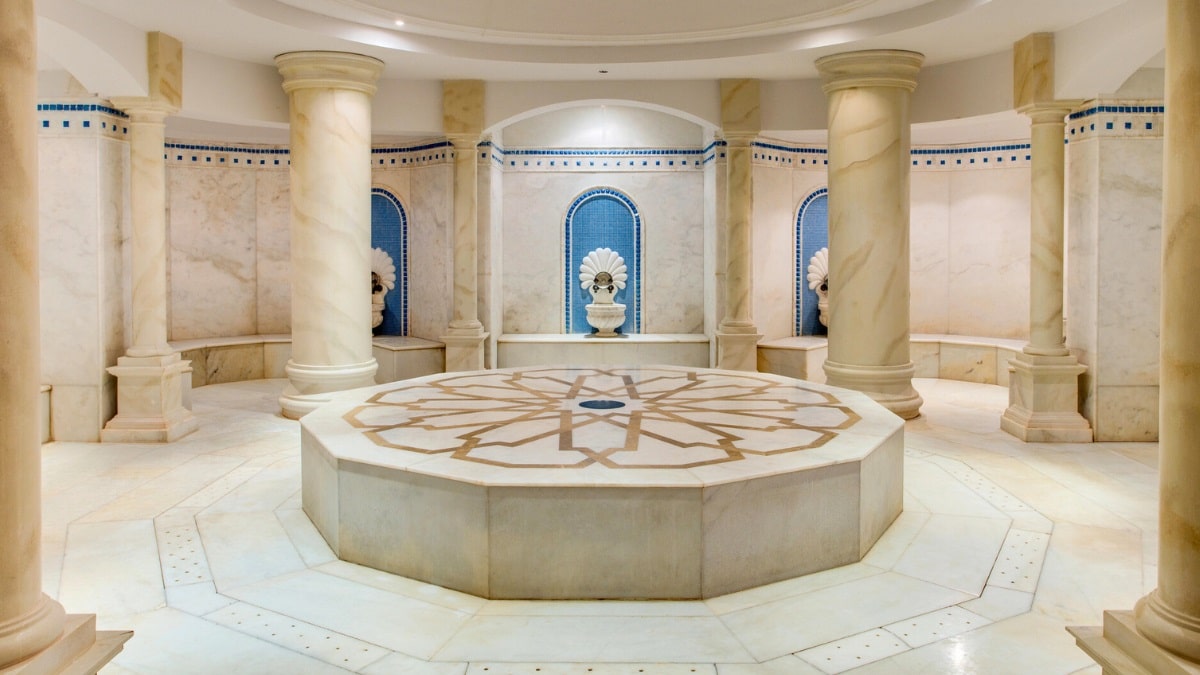If there is one country where the sauna is pretty much just as standard as a bed, it must be Finland.
The Finnish sauna has long played a crucial part in Finnish culture, with, on average, almost one sauna per household.
Let’s find out more about the Finnish sauna and why it is so popular.
History of the Finnish Sauna
Not much is known about the origins of the Finnish sauna, but it is commonly believed that saunas, or rooms that resemble modern-day saunas, have been around for thousands of years.
In more recent times, from the 16th century onward, Finns (and also Scandinavians in general) have used saunas as bath houses.
The bathing process would typically involve gently beating one another with branches and using cold water to cleanse.
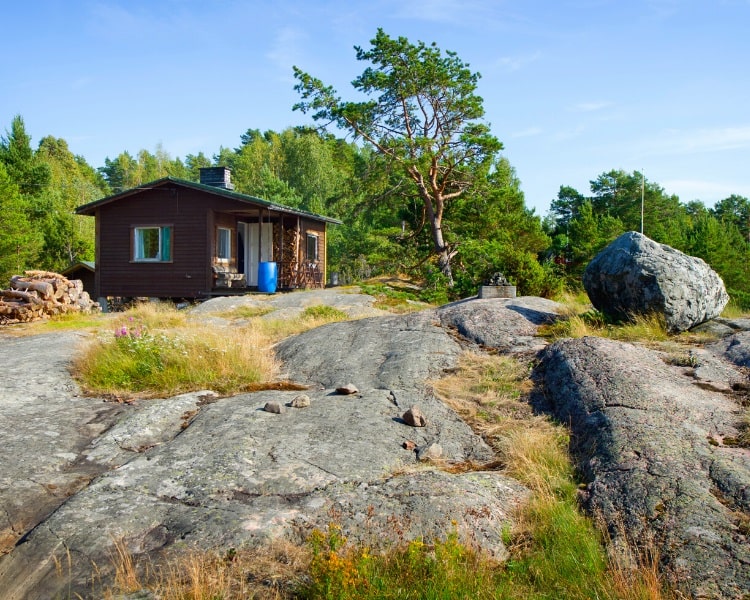
The sauna later evolved into a place that could be used to socialize, eat, discuss important life matters, and even give birth.
What has made the sauna so popular in Finland is that it allows people to escape the cold weather quite easily.
It also helps that Finland, and other countries in Scandinavia, have always had a large supply of wood. This wood is used not only to warm up saunas but also to actually build them.
Finnish Sauna Rituals and Customs
Before we talk about typical Finnish sauna rituals and customs, let’s first outline the different types of Finnish saunas that have existed over the years:
- Smoke sauna:
Also called savusauna or savu sauna, the smoke sauna is the oldest and most traditional type of Finnish sauna. Wood is burned in a stove, and the resulting smoke enters the room, which has no chimney pipe. Once the room reaches the right temperature, the fire is put out, and the room is ventilated. The room is designed such that it can retain heat for quite some time after the fire is put out. - Wood burning sauna:
Also called a wood stove sauna, a wood burning sauna works by burning wood in an oven, which heats up stones that can retain and spread heat in the sauna room. - Electric sauna:
The electric sauna is the most common type of sauna in Finland and works the same as a wood burning sauna. The key difference is that the oven, or heating element, is powered by electricity rather than by burning wood.
Read more about the different sauna types that exist, including Finnish saunas, in our guide.
Kiuas
The modern-day Finnish sauna very much resembles what most people think a sauna really is.
A Finnish sauna is typically a room, or separate building, with wooden walls and a wooden ceiling. A stove, kiuas in Finnish, is used to heat up the room, powered by electricity, wood, or gas.
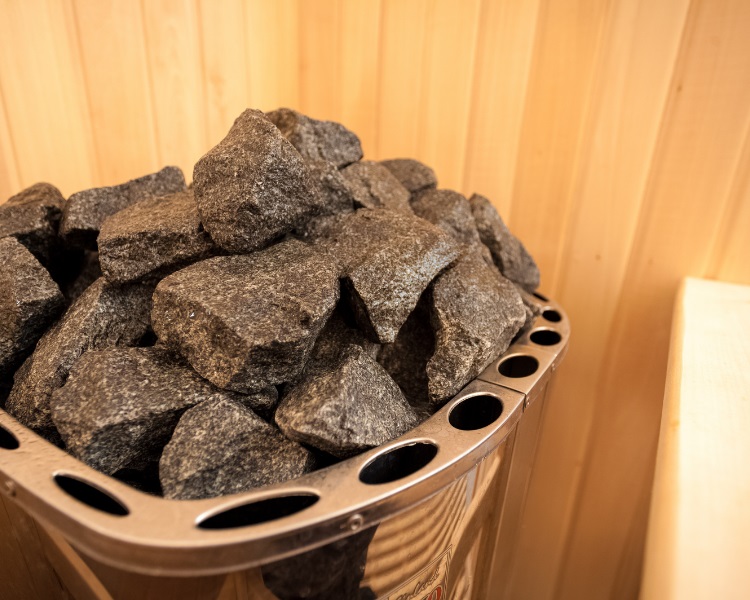
Sauna rocks, or stones, cover the top of the stove to help spread the heat across the entire sauna room.
Löyly
Water is used to help regulate humidity and temperature in the sauna. The sudden wave of steam that is generated by pouring water on the rocks is a phenomenon called löyly in the Finnish language.
The process of pouring water on sauna rocks may sound simple, but it actually requires a bit of skill and experience.
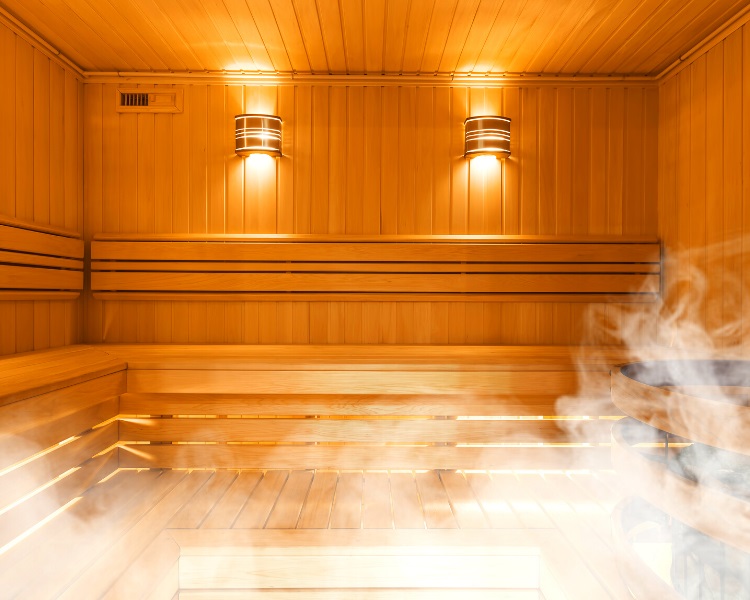
Too much water, and it will cool down the stove and can potentially damage the rocks.
Too little water, and the room will not warm up as quickly as desired. The best way to do this is to use small doses of water at regular intervals.
Temperature
The temperature in a Finnish sauna typically ranges from 66 to 88 degrees Celsius, or 150 to 190 degrees Fahrenheit.
After a sauna session, it is common to cool off and wash, often outside in the much colder temperature. Swimming is also often done after a sauna session.
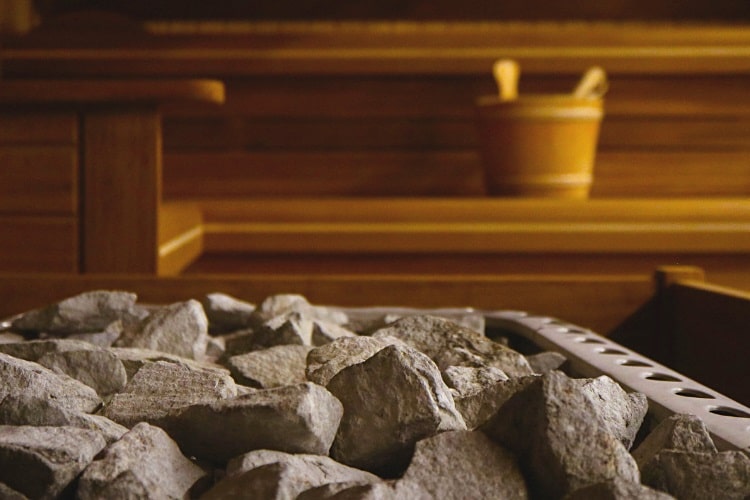
Also note that it’s very normal to enter a Finnish sauna in your birthday suit. While using a small towel is fine, being naked in a traditional sauna in Finland is often perfectly acceptable.
When cooling off outside the sauna, though, it’s expected to cover yourself with a towel.
Lifestyle
You will find lots of public saunas in Finland. Gyms, hotels, and swimming pools typically have a sauna within the complex. Small at-home saunas or private sauna cottages are also very common.
The sauna truly is an integral part of the Finnish lifestyle, and the average Finn simply cannot imagine a life without a sauna nearby.
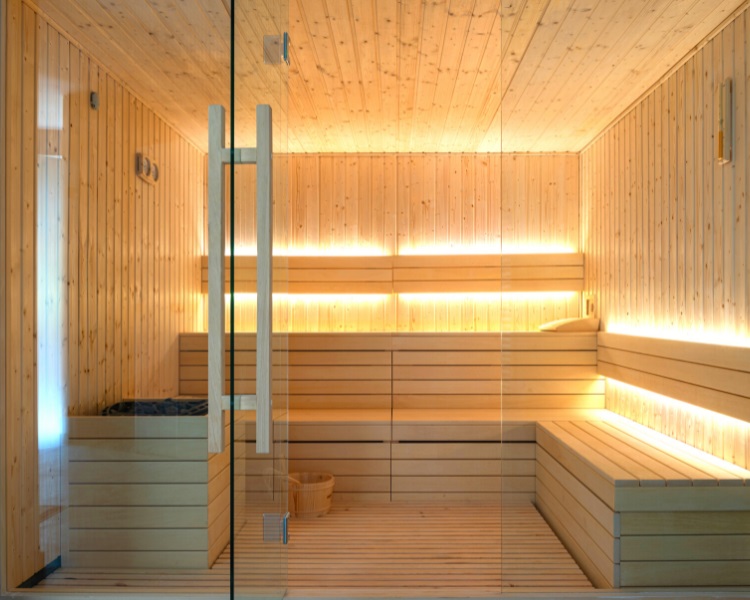
This also means that the Finnish treat a sauna with respect and will always use a sauna in an appropriate manner.
As such, sauna etiquette is considered very important.
Conclusion
Saunas offer great benefits for both our physical health as well as our mental health. Finnish people have embraced sauna use as an essential part of their everyday lifestyle.
Fortunately for the rest of us, the popularity of saunas has steadily increased in recent times, with Finnish-style saunas popping up in hotels, gyms, and spas all over the world.
Read our guide to international sauna traditions to see how the Finnish sauna experience compares to other experiences around the world.
